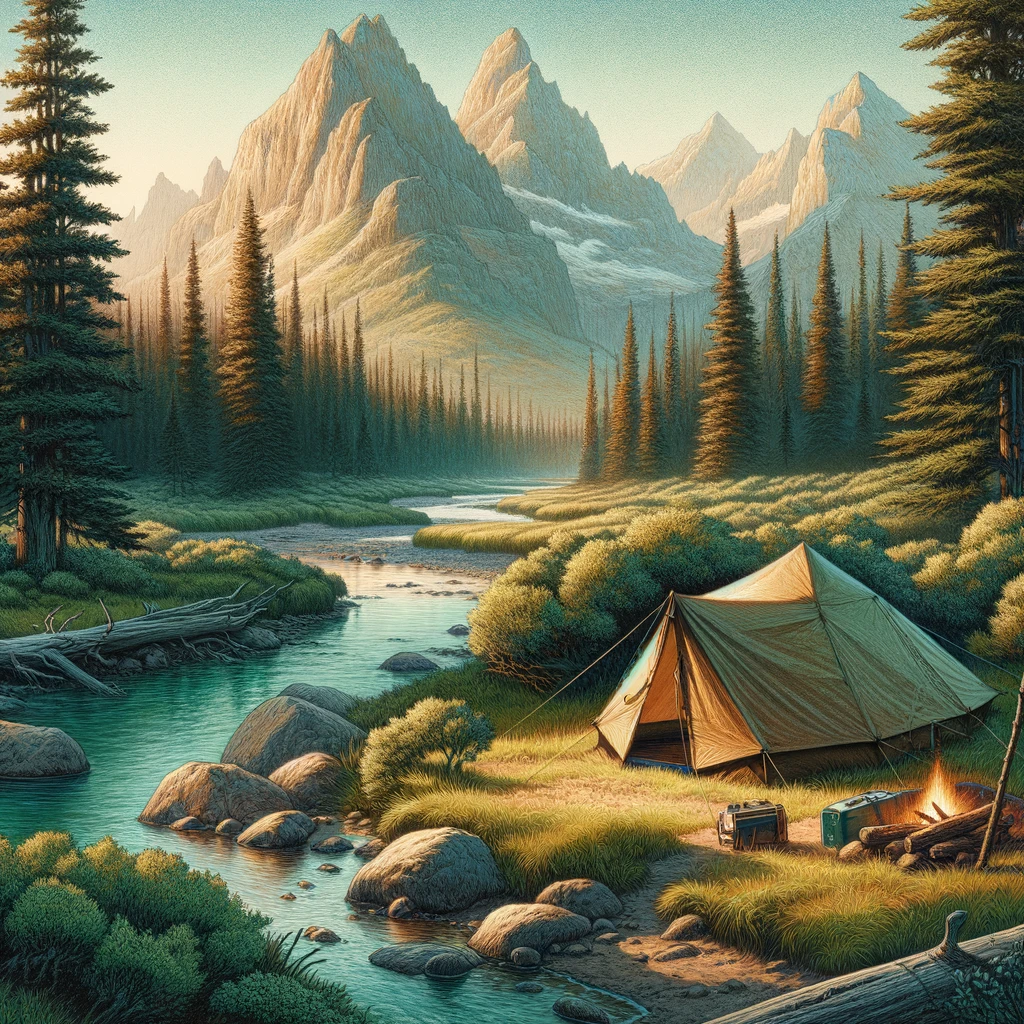Solo dispersed camping is the ultimate adventure for those seeking solitude and a deep connection with nature. This form of camping involves setting up camp in remote areas outside designated campgrounds, often on public lands. While it offers unparalleled freedom and tranquility, it has unique challenges and responsibilities. This guide will equip you with essential safety tips to ensure your solo dispersed camping experience is both thrilling and secure.
Pre-Trip Planning and Preparation
The key to a successful solo dispersed camping trip lies in thorough planning. Start by researching your chosen area extensively. Familiarize yourself with local regulations, including fire restrictions, camping duration limits, and any required permits. Contact the local ranger station or land management office for the most up-to-date information.
One crucial aspect of pre-trip planning is informing others of your itinerary. Share your planned route, expected campsites, and return date with a trusted friend or family member. Consider setting up check-in times to ensure someone knows you’re safe throughout your journey.
Weather can make or break your camping experience, especially when you’re alone in remote areas. Check long-range forecasts and be prepared for sudden changes. Understanding potential hazards specific to your camping area, such as flash floods, avalanches, or wildlife activity, is also vital for your safety.
Essential Gear for Solo Dispersed Camping
When venturing out alone, your gear becomes your lifeline. Here’s a list of essential items to pack:
- Navigation tools: Bring both physical maps and a compass, as well as a GPS device with extra batteries.
- Emergency communication: A satellite messenger or personal locator beacon can be crucial in areas without cell service.
- First aid kit: Pack a comprehensive kit and know how to use it.
- Survival essentials: Include a multi-tool, fire starter, emergency shelter, and extra food and water.
- Illumination: Headlamps and extra batteries are crucial for navigating in the dark.
Remember, redundancy in critical gear can be a lifesaver when you’re alone. Always have backups for your most essential items.
Campsite Selection and Setup
Finding the best dispersed camping spots requires a keen eye for both safety and comfort. Look for a site that’s:
- At least 200 feet away from water sources to minimize environmental impact.
- On higher ground to avoid potential flooding.
- Away from dead trees or hanging branches that could fall.
- Naturally sheltered from the wind, if possible.
Efficiency is vital when setting up camp. Practice setting up your tent at home so you can do it quickly if you arrive at your site later than expected. Creating a bear-safe camp is crucial in areas with wildlife, particularly bears. Store food, scented items, and trash in bear canisters or hang them at least 10 feet high and 4 feet away from the trunk of a tree.
Personal Safety Measures
Your instincts are your first line of defense when camping alone. If a situation or location feels unsafe, trust that feeling and move on. Maintain situational awareness by regularly scanning your surroundings and staying alert to changes.
While violent encounters are rare in the backcountry, it’s wise to be prepared. Consider carrying non-lethal self-defense tools like pepper spray, and know how to use them effectively. Basic self-defense techniques can also boost your confidence and preparedness.
Wildlife Encounters and Precautions
Staying safe during wildlife encounters while dispersed camping requires knowledge and preparation. Research the wildlife in your camping area and understand their behavior patterns. Here are some general tips:
- Store food properly using bear canisters or hanging methods.
- Make noise while hiking to avoid surprising animals.
- Carry bear spray in areas with large predators.
- Never approach or feed wildlife.
Remember, most animals will avoid human contact if given the chance. Respect their space and observe from a distance.
Navigation and Avoiding Getting Lost
Navigation skills are crucial in remote areas. Basic map and compass skills can be lifesaving if your GPS fails. Always carry physical maps of the area and know how to orient them. When hiking, regularly identify landmarks and mentally note your route. If you do become disoriented, stay calm, stay put, and signal for help.
Mental Preparedness for Solo Camping
The solitude of solo camping can be both a blessing and a challenge. Prepare mentally for extended periods alone by bringing activities you enjoy, such as reading, journaling, or photography. Practice mindfulness or meditation techniques to stay grounded if anxiety creeps in. Remember, it’s okay to feel a range of emotions – embrace the experience as a journey of self-discovery.
Conclusion
Solo dispersed camping offers a unique opportunity to challenge yourself, connect with nature, and find inner peace. By following these safety tips and continuously improving your outdoor skills, you can confidently embark on solo adventures. Remember, responsible camping practices ensure your safety and preserve these wild spaces for future generations.

Leave a Reply